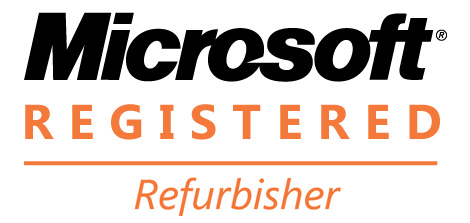With the current pandemic forcing many people to work from home, and the potential to continue to work from home for the next few months or even longer, it is time to think about your work from home set up. One of the easiest, and best changes you can make to upgrade your work from home setup and make your workday much more pleasurable, is to get a keyboard that suits your needs. This will vary from person to person, depending on what they are looking for in a keyboard, and this guide is to help you figure out what you are looking for so you can begin to look in the right direction. Think about it, you spend about 8 hours a day on your computer, and the thing you touch the most is your keyboard, so why wouldn’t you invest in an option that you love? The keyboard enthusiast market exists for a reason, its because they have recognized that just like a good pair of shoes, or a suitable couch if you are going to use something for long periods of time, then it is worth spending the time and money to make sure you get a product that you love, and your keyboard is no exception!
Form Factors:
The first thing to consider when looking for a keyboard is the form factor. A traditional keyboard contains the alphanumeric keys, function keys, and a number pad. The first question to ask yourself, “is desk space a concern”? If so, then a 60% keyboard may be a good option. These keyboards only contain the alphanumeric keys and do not provide the function or Numpad keys. If you do not need any additional “bells and whistles,” this may be a great option to free up some space on your desk. Smaller keyboards have gained a lot of popularity in the last few years because most people do not require the Numpad or function keys nowadays. When keyboards first started popping up with the dawn of computer technology, those extra keys were needed by many systems to perform specific tasks or execute commands. But with modern technology, all those spare keys are no longer required, so why take up precious desk space with them?
Mechanical Keyboards:
The old days of the IBM model M mechanical keyboards are long gone, but in recent years mechanical keyboards have begun to make a comeback in the market due to their clicky and tactile feel. Mechanical keyboards can come in several different types of switches and brands, but when in doubt, Cherry MX keyboards have become the gold standard thanks to their durability and consistency across all major manufacturers. The Cherry MX Blue keys have been deemed the best switches for typing but are a little on the noisy side. If noise levels are a concern, then the Cherry MX red would be the best option, they provide the clicky feel of a mechanical keyboard with reduced noise. If you want to go with a move tactile feel, then keyboards with the cherry MX browns may suit your fancy. The only downside to mechanical keyboards is the price tag, but much like a nice mattress, it is well worth the price tag, and your hands will thank you after a long day of typing.
Wired VS Wireless:
This has become a hot button topic amongst keyboard enthusiasts but ultimately comes down to preference. Wireless keyboards have become popular in recent years, allowing you to be no longer restricted to your keyboard wire length. Finally, you can walk around with your keyboard and type while navigating around your home. The biggest drawback is battery life, and most wireless keyboards will need to be either charged or have their batteries swapped out within a few hours of constant use. This can become frustrating while you are trying to finish up something for work, and your keyboard suddenly shuts off. There are keyboard pads that will charge your keyboard while placed on the pad, but these are fairly expensive and are a newer technology, so naturally, there will be some charging or durability issues.
Ergonomic keyboards:
One of the most niche forms of keyboards is the ergonomic ones. These are typically split down the middle and are curved to fit your hands naturally, instead of bending your wrists to type on a traditional keyboard. These can be great for people suffering from tendinous or arthritis and can provide comfort while typing for long periods of time. The only downside to these form-fitting keyboards is the learning curve. If you have used a traditional keyboard your whole life, then the curved keys may take some getting used to, but people who have made the switch have sworn that it is the route to go if you are on the computer typing all day.
Conclusions:
When it comes to selecting the right keyboard, there are many options to consider. The best way to establish what to look for is to begin by thinking if you would like a normal-sized or small keyboard. Then its time to consider if you want to go with a mechanical keyboard or stick with the office traditional membrane option. And finally, think about if you want to take the time to learn how to use an ergonomic keyboard, or stick with the traditional layout. Once you have figured out what option you want to go with, you can check out reputable keyboard resellers such as Newegg, Amazon, or mechanical keyboards.com. Don’t settle for a subpar keyboard, and the few extra dollars are well worth having a device that you will love to use day in and day out.





